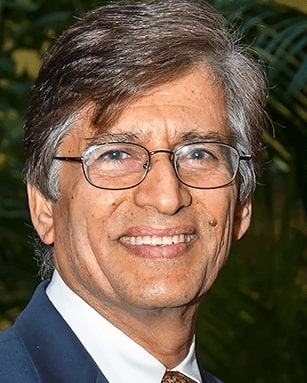 |
Yogi GoswamiUniversity of South FloridaRole Of Innovation And Information In The Global Quest To Achieve Net Zero Carbon Emissions 7th Intl Symposium on New & Advanced Materials and Technologies for Energy, Environment, Health and Sustainable Development Back to Plenary Lectures » |
Abstract:As the global leaders grapple with their stated goals to achieve Net Zero Carbon Emissions (NZE) by 2050 or 2060, one must take a serious look at the trends and what needs to be done in the future. Despite all the trends in the right direction, both International Renewable Energy Agency (IRENA) and International Energy Agency (IEA) project that we will fall woefully short of achieving the NZE2050 or limiting the global temperature rise to 1.50C if we continue with the current policies of the countries. While IEA and IRENA, project future estimates of energy based on the present technologies and some incremental improvements, they are not in a position to foresee what innovative new technologies will be available in the future, which might completely change our predictions. As an example, about 25% of all the energy used in the U.S. is for cooling of buildings. Although that percentage is lower for the rest of the world, it is rapidly increasing. Since buildings are cooled exclusively by electrical power, at present we can only hope to replace that electricity with power from renewable energy. However, a very promising innovation on the horizon in scientific and engineering research is to develop coatings for building skins that will emit long wavelength infra-red radiation in the atmospheric window (8–13 mm wavelength) to deep space, which is at a temperature close to absolute zero. The technology known as plasmonic cooling, when developed, will cool the buildings simply by transferring the heat from the buildings to the outer space by radiation. When this technology becomes practical and commercially available, there might not be any need for mechanical cooling or heating of buildings in many parts of the world. Just as we have seen developments in computer and information technologies in the last two decades that we could not even imagine 30 years back, we will see developments in solar and ambient energy space that we can barely imagine today. The presentation will describe some of the transformative developments, including plasmonic cooling that we expect to see in the future. Such transformative information is being communicated via a new open access journal, Solar Compass, journal of the International Solar Alliance. |
|